Navigating through the many environmental challenges faced by our world today, Freshfield is taking a decisive step towards a more sustainable (and plastic free) future. Going beyond our carbon neutral and plastic negative certifications, we have decided to transition from conventional plastic packaging to plant-based bioplastics as a stride towards embracing a planet-over-profit attitude, championing biodiversity, and leading the change we direly need in the consumer packaged goods industry. We believe in progress over perfection and that this transition is a step in the right direction.
Below is some of the reasoning behind our decision.
TLDR; Why we chose plant-based bioplastic over recycled plastic:
- Only 9% of Plastics are Recycled: This leaves 91% of all fossil fuel-based plastics, including recycled plastics, bound for landfills. Clearly something isn't working and it's time to try something new. Our bioplastic is recyclable and can be sorted at modern facilities; if it ends up in a landfill as waste, at least it is petroleum-free waste.
- Max Degradation Time is Much Less: Plastic takes up to 1000 years to decompose. Under the right conditions, our bioplastic degrades 90% in 6 months and has a maximum degradation time of 20 years, 50x less than plastic.
- Reduction in Plastic Pollution: PLA decomposes more rapidly than conventional plastics, reducing the amount of plastic waste that ends up in the oceans and helps in alleviating plastic pollution.
- Less Marine Life Harm: Reduced plastic waste in the ocean lowers the risks of marine life, such as turtles, fish, and birds, ingesting or becoming entangled in plastic debris. This helps preserve biodiversity.
- Lower Carbon Footprint: Plant-based PLA packaging has a smaller carbon footprint in its production compared to plastics derived from fossil fuels, contributing to reduced greenhouse gas emissions (more on this below).
- Decreased Oil Dependency: By utilizing plant-based alternatives, the dependency on oil, a non-renewable resource, is lessened, promoting sustainability and reducing the environmental impact associated with oil extraction and processing.
- Encourages Waste Management Innovation: The adoption of compostable packaging can spur advancements in waste management technologies and infrastructure, encouraging recycling and composting, which can indirectly benefit ocean health by minimizing waste runoff into the seas.
Why Not Recycled Plastic?
Recycling has been the buzzword for environmentally-friendly initiatives for decades. However, a closer look at the plastic recycling conundrum reveals a more complicated and less effective reality. Statistically, only about 9% of plastic is ever recycled, meaning a vast majority of these materials end up in landfills, oceans, or incinerated – each avenue being harmful to our planet in its unique way. We do not have high hopes for recycling rates improving any time soon.
The inability to substantially recycle plastic stems from several factors, including the quality degradation of plastic after each recycling cycle and the global lack of infrastructure to manage plastic waste efficiently. Moreover, the sorting, cleaning, and processing of recycled plastic demand significant energy and resources, often offsetting its supposed environmental benefits. Consequently, despite the perceived goodness, recycled plastic becomes a less viable option in a genuinely sustainable model.
The Push Towards Plant-Based Bioplastics
The common argument against bioplastics is that North America faces a shortage of adequate composting facilities and is not in a position to process compostable packaging. While this is painfully true, our counterargument is that the investments in constructing these facilities have not been made because many (but not all) big brands and retailers are still addicted to inexpensive fossil fuel plastics; they're holding up the innovation process in hopes that recycling rates improve and the status quo can be maintained. Despite you and me putting everything we can into our recycling bins, 91% of our plastic will still end up in a landfill. It's time to try something different.
Recyclability and compostability aside, it’s imperative to acknowledge and act on the need to stop using fossil fuel-based packaging. Plant-based bioplastics present a more sustainable alternative, primarily derived from renewable resources such as corn starch or sugarcane. These materials are designed to biodegrade, under the right conditions, back into natural elements. We support and embrace the process of innovation and are already working with new materials that promise to lower our environmental impact even further. In the future, we envision our bioplastic packaging being made from methane emissions, food waste and forestry waste; all digested by bacteria and enzymes and converted to carbon negative pharmaceutical grade bottles. This new material is made from polyhyroxyalkanoates (PHAs) and is the next generation of bio-derived polymers we plan on replacing our PLA with.
The shift towards plant-based bioplastics isn’t only about reducing environmental footprints. It also revolves around alleviating our dependence on non-renewable resources, such as petroleum, striking at the heart of multiple environmental issues, from resource scarcity to carbon emissions.
The Critical Role of Large Brands and Retailers
Enabling widespread change requires the collective effort of all stakeholders, particularly large brands and retailers, who possess the clout to influence industry trends and consumer habits. By adopting plant-based packaging, they not only reduce their own environmental impact but also pave the way for smaller enterprises to follow suit, creating a ripple effect across the market.
Moreover, brands, by virtue of their interaction with consumers, can help in shifting perceptions and encouraging the adoption of more sustainable practices amongst the public. Consumers are become more environmentally conscious and the demand for sustainable practices and products is growing. This should press other businesses to transition to these emerging standards.
Our Shared Responsibility
Freshfield's transition to plant-based bioplastics is a step towards shaping a more sustainable and ethical future for all. By shedding light on the inefficiencies and shortcomings of plastic recycling, we hope to underline the wisdom behind exploring and adopting alternative solutions like bioplastics.
In the face of undeniable environmental challenges, as brands and retailers it becomes our shared responsibility to champion initiatives that safeguard our planet for future generations. Through collective action and relentless pursuit of sustainability, we can ensure that our work towards a better future is not just fruitful but also symbolizes a legacy of mindful stewardship.
Packaging Details
How long does our packaging take to degrade?
For Freshfield's packaging to decompose fast, 3 factors are needed:
- High temperature (T>55 deg Celsius)
- Humidity
- Microorganisms
Absence of one of these factors slows decomposition but does not stop it (as long as the temperature is above freezing). In an industrial composting facility, over 90% of packaging mass will biodegrade in less than 6 months as per UNE-EN ISO 13431 (US ASTM D6400-04).
Compared to the 1000s of years of PET plastic's max decomposition time, our bioplastic's max decomposition time is 20 years.
What are the raw materials used in making our PLA bioplastic?
The raw material used to produce our packaging is from Bonsucro certified sugar cane production in Thailand. Wherever possible, excess, wasted and/or normally unsellable sugarcane is used providing additional sources of income for farmers and other stakeholders. This raw material is then converted to the polylactic acid (PLA) used for our packaging.
What about the carbon footprint of our packaging?
The carbon footprint of our packaging is lower than most other commercially available options:
- 42x lower than glass
- 4.27x lower than PET plastic
- 2.82x lower than recycled PET plastic

What are the downsides of our packaging?
Our packaging is not a silver bullet for the global plastic problem. It's true that North America lacks industrial composting capabilities. What this means it that, just like plastic, there is a good chance the packaging will end up in a landfill. This isn't a packaging problem but an infrastructure problem. We are choosing to support innovation and our calculations show that the net benefit of PLA bioplastic packaging is far greater than plastic alternative.
The other downside of PLA bioplastics is that they are more expensive than plastic. My hunch is that this is the main reason large consumer packaged goods companies have not made the switch; it hits their profitability and shareholders don't like that. I recently attended a large nutraceutical trade show and was disappointed at the majority of brand managers who scoffed at our decision, citing costs as the main reason they'll never make the switch. The extra cost? $0.10-0.15 USD per bottle. It's a small price to pay to help secure a future for the next generation.
Final Thoughts
Committing to the transition to PLA packaging was a long and difficult decision. We explored every other commercially available option, developed countless end-of-life scenarios and calculated the environmental impact that would be created with each material. We considered glass, cardboard tubes, rPET, stand-up pouches and while each had unique benefits and drawbacks, we settled on polylactic acid bottles from HEIS Global as the most promising replacement.
Freshfield is not about maintaining the status quo. We are about developing products, processes and communities that have the power to save the planet.


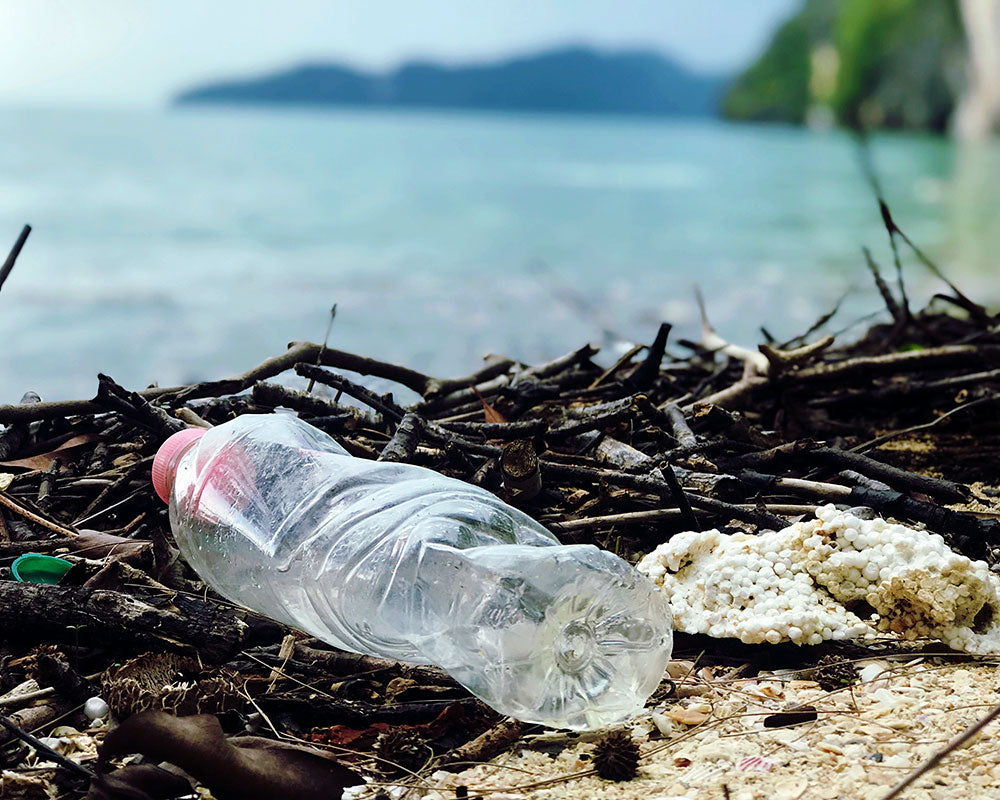
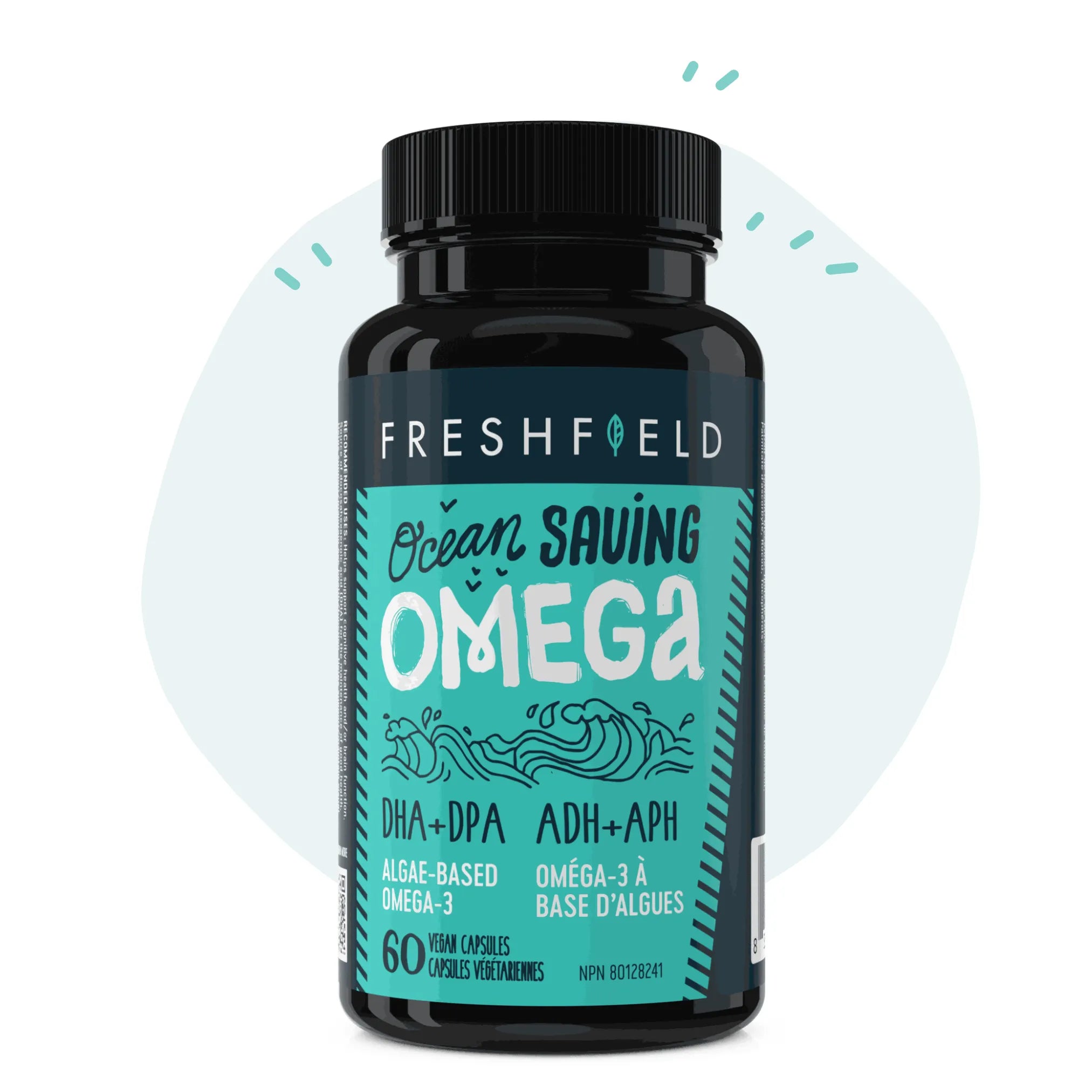
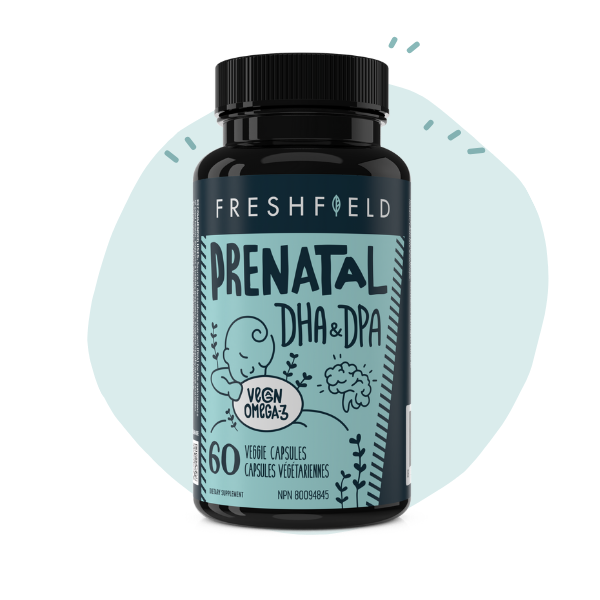
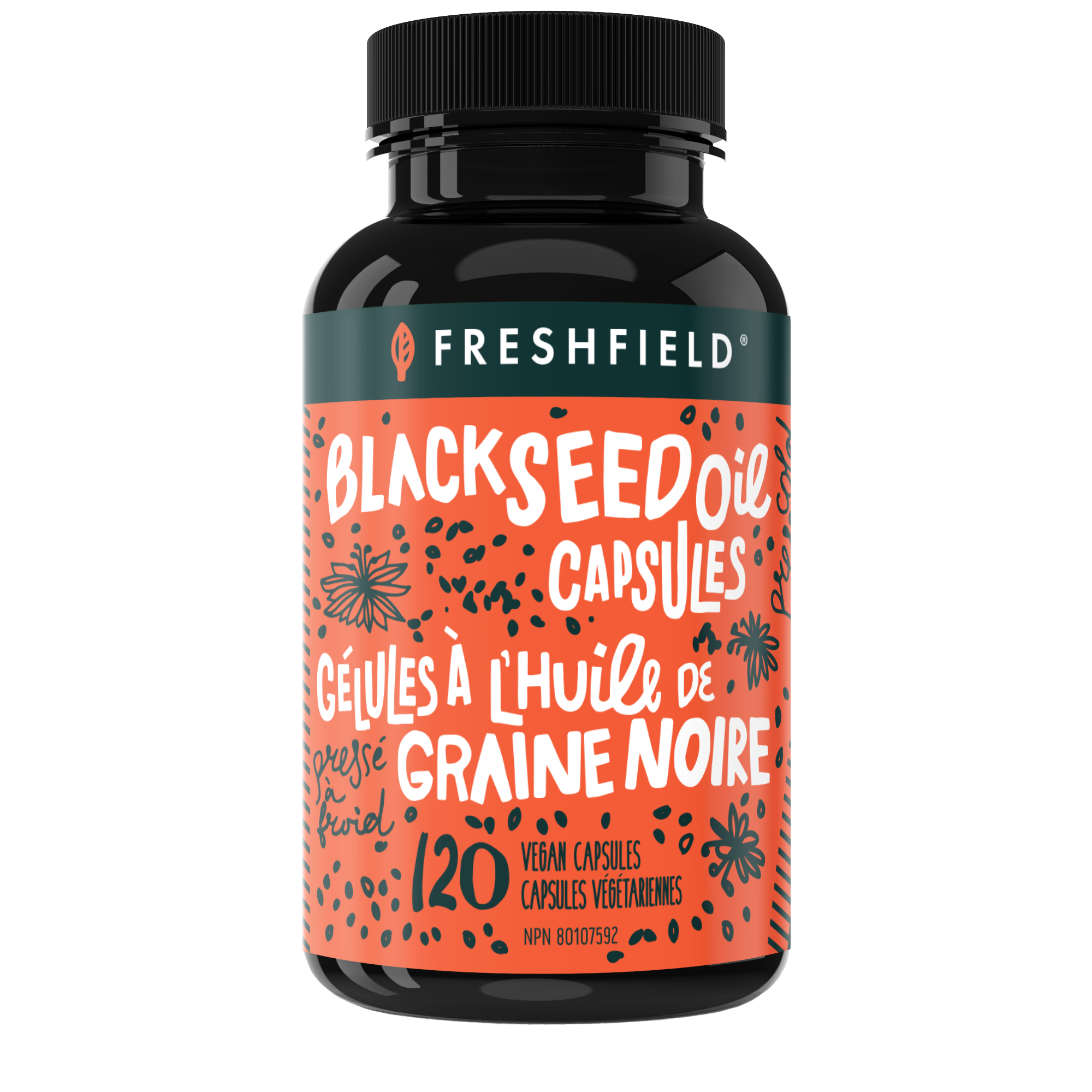

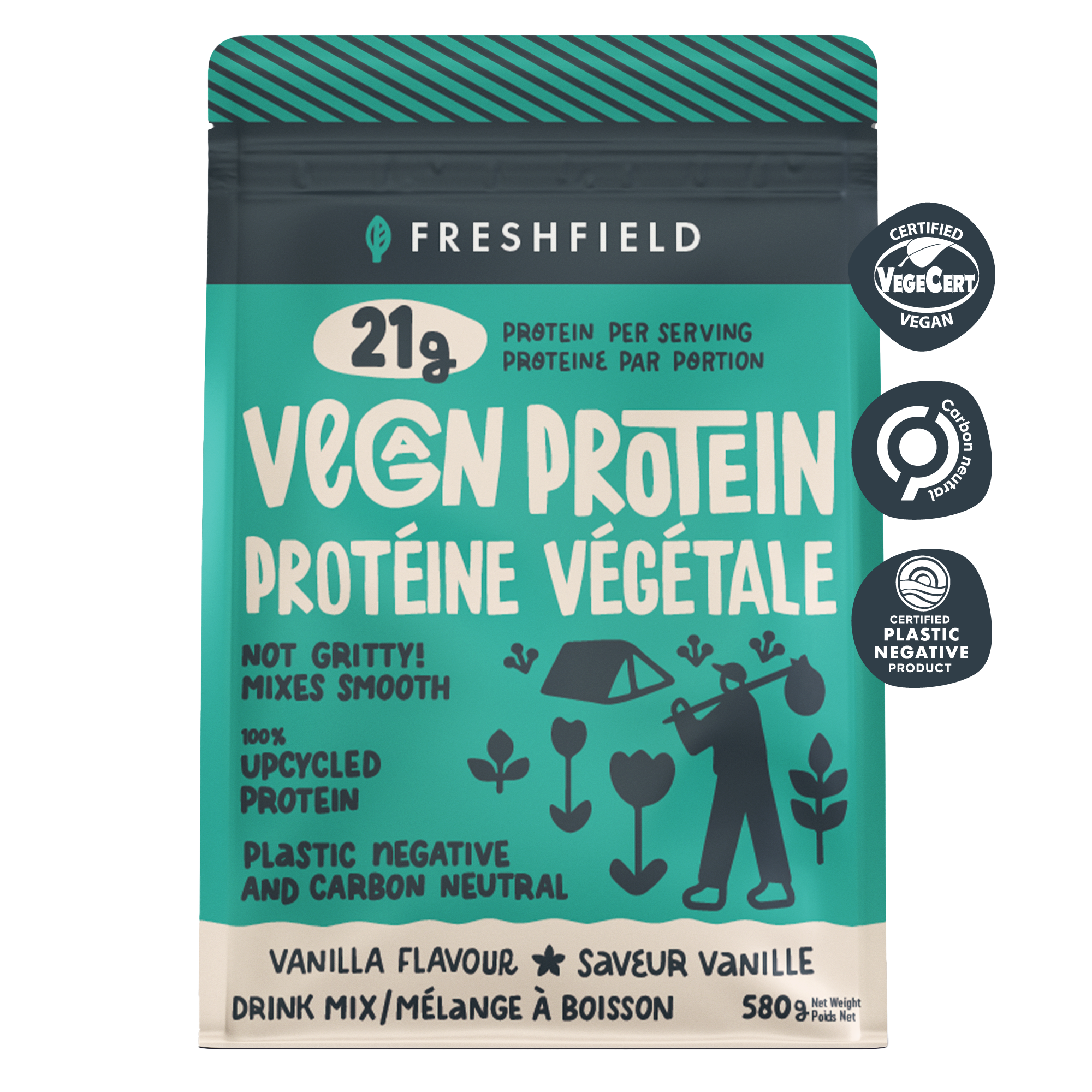
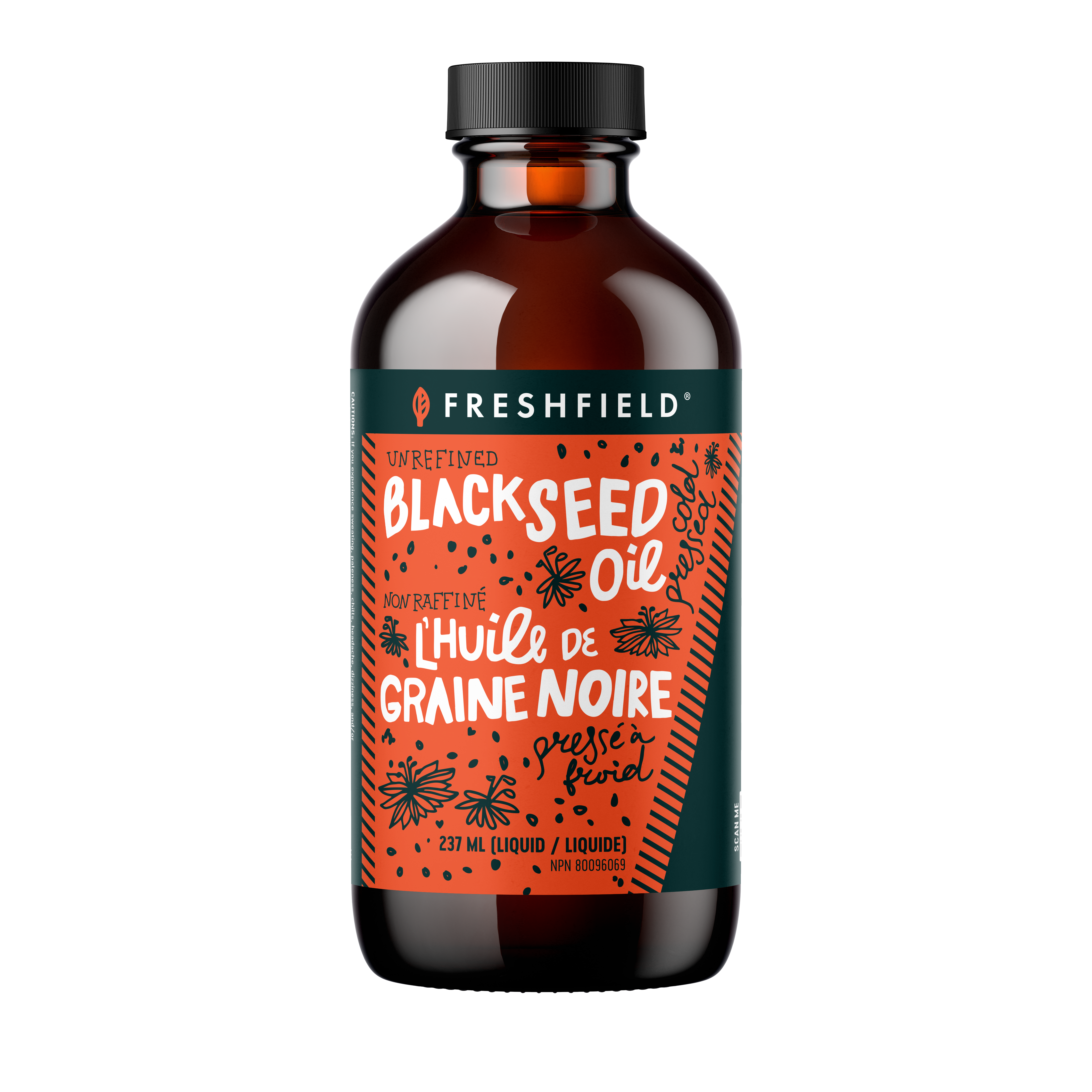
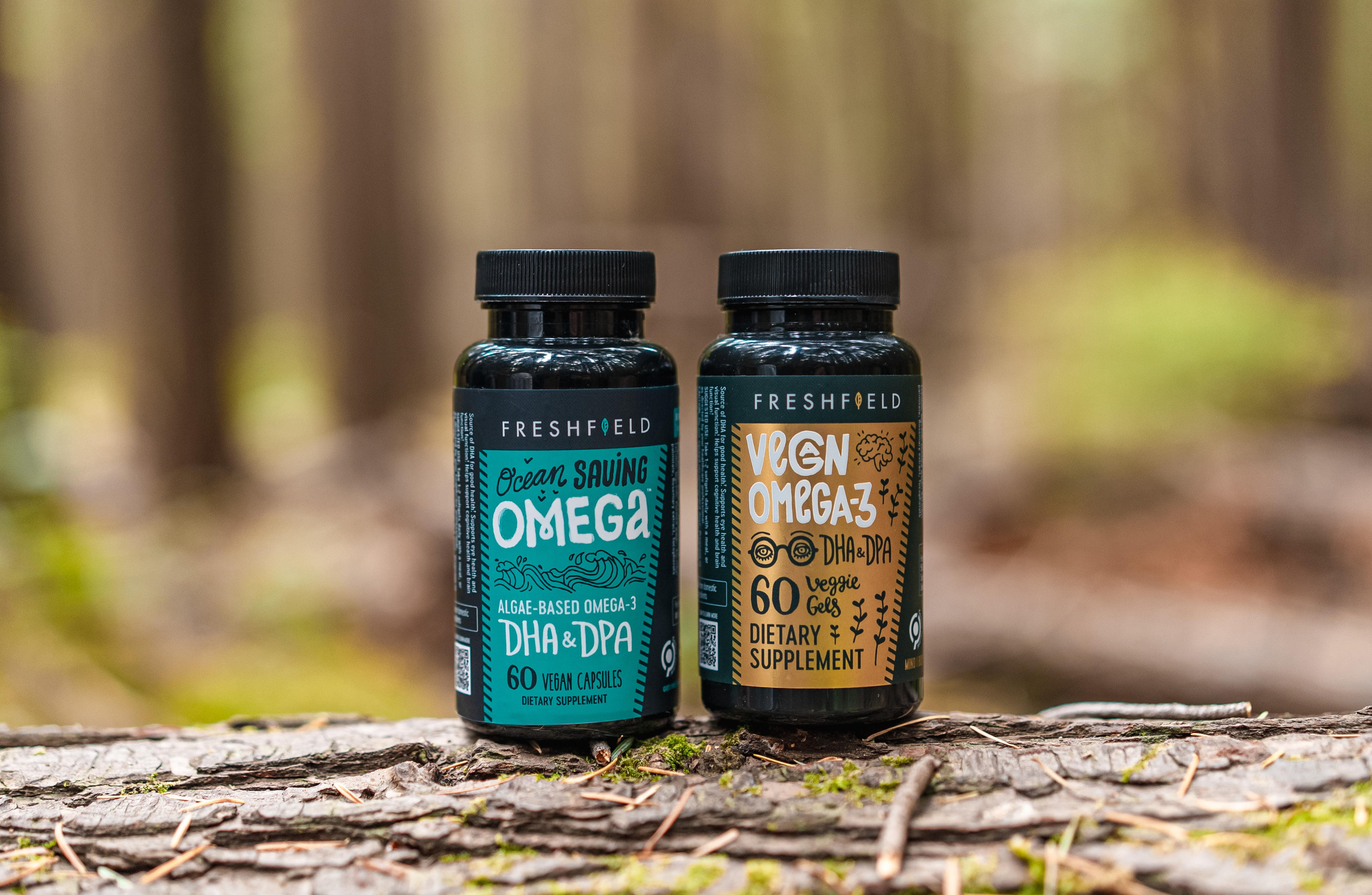
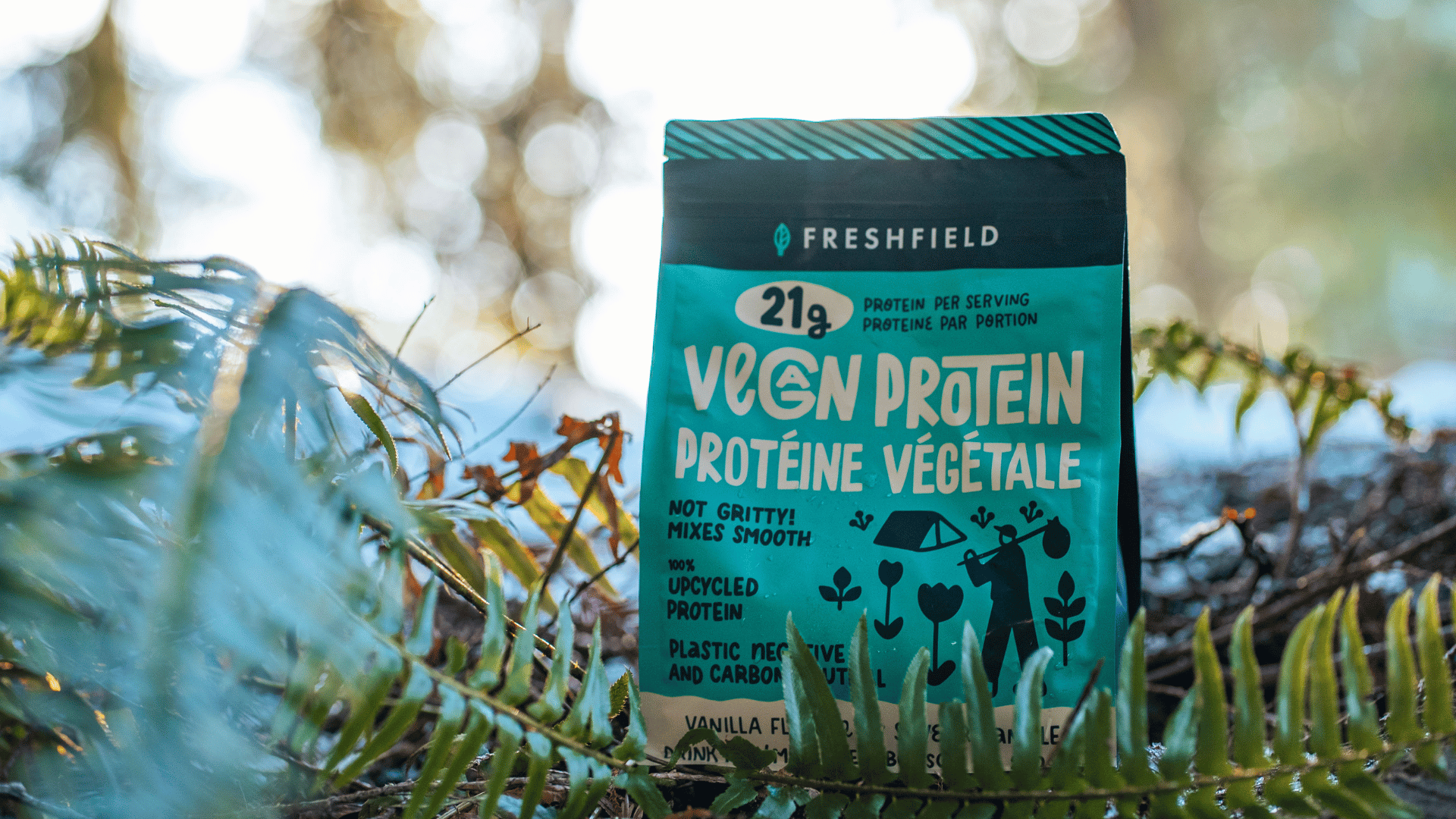

Share:
50% d'entre nous manquent de Magnésium ? Ça ne peut pas être vrai... n'est-ce pas ?
The Transparent Tale of Freshfield's Semi-Winterized Vegan Omega 3 DHA + DPA Oil